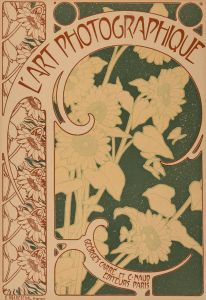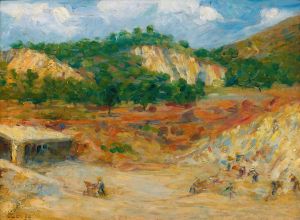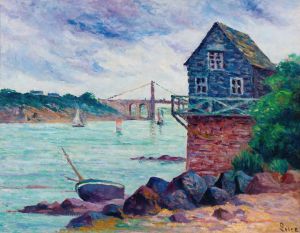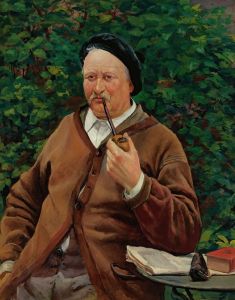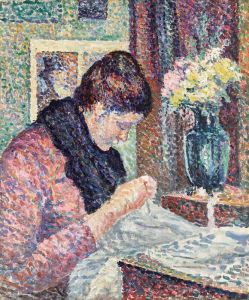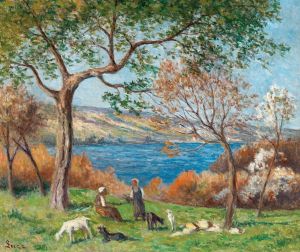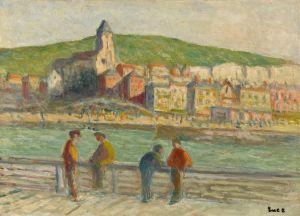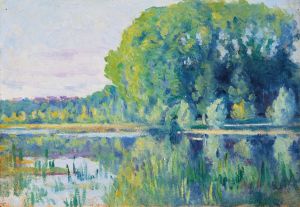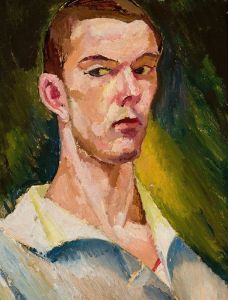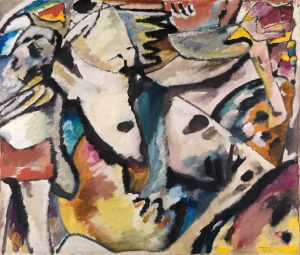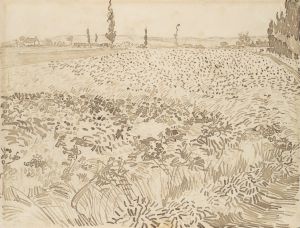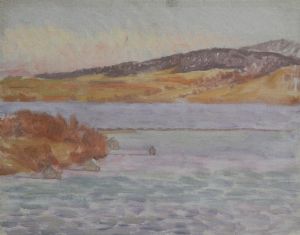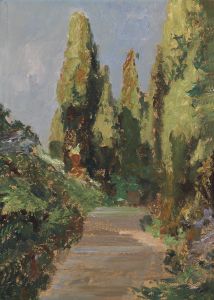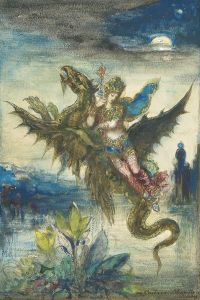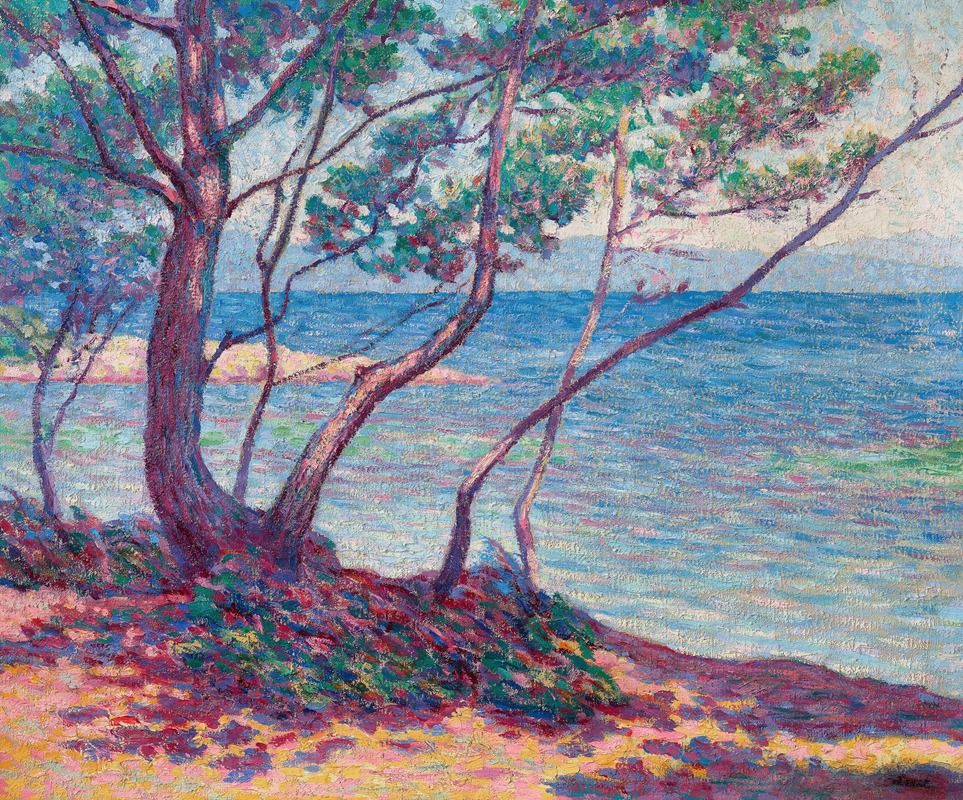
Paysage
A hand-painted replica of Maximilien Luce’s masterpiece Paysage, meticulously crafted by professional artists to capture the true essence of the original. Each piece is created with museum-quality canvas and rare mineral pigments, carefully painted by experienced artists with delicate brushstrokes and rich, layered colors to perfectly recreate the texture of the original artwork. Unlike machine-printed reproductions, this hand-painted version brings the painting to life, infused with the artist’s emotions and skill in every stroke. Whether for personal collection or home decoration, it instantly elevates the artistic atmosphere of any space.
Maximilien Luce was a prominent French Neo-Impressionist painter known for his contributions to the Pointillist movement. Born in Paris in 1858, Luce initially trained as an engraver before turning to painting. He became associated with the Neo-Impressionists, a group of artists who built upon the Impressionist movement by incorporating scientific theories about color and light into their work. Luce was particularly influenced by Georges Seurat and Paul Signac, pioneers of the Pointillist technique, which involves applying small, distinct dots of color to a canvas to form an image.
One of Luce's notable works is "Paysage," which translates to "Landscape" in English. This painting exemplifies Luce's mastery of the Pointillist technique and his keen interest in capturing the effects of light and atmosphere in natural settings. While specific details about the creation and history of "Paysage" are limited, it is consistent with Luce's broader body of work, which often depicted serene landscapes, urban scenes, and the lives of ordinary people.
Luce's landscapes are characterized by their vibrant color palettes and meticulous attention to detail. In "Paysage," Luce likely employed his signature technique of applying small, precise brushstrokes to build up layers of color. This method allows the viewer's eye to blend the colors optically, creating a luminous effect that captures the changing qualities of light in the natural world. The painting would have been created during a period when Luce was deeply engaged with the Neo-Impressionist movement, which sought to bring a scientific approach to the depiction of light and color.
Throughout his career, Luce was committed to social and political causes, and his art often reflected his anarchist beliefs. While "Paysage" itself may not overtly convey political themes, Luce's broader oeuvre includes works that depict the struggles and resilience of the working class. His landscapes, however, often serve as a counterbalance to these themes, offering a sense of tranquility and harmony with nature.
Luce's work, including "Paysage," is significant for its contribution to the development of modern art. By embracing and advancing the techniques of Neo-Impressionism, Luce helped to pave the way for future generations of artists who would continue to explore the interplay of color, light, and form. His paintings are held in high regard and can be found in various public and private collections around the world.
In summary, "Paysage" by Maximilien Luce is a testament to the artist's skill and his dedication to the principles of Neo-Impressionism. Through his use of Pointillism, Luce was able to capture the ephemeral beauty of the natural world, creating works that continue to resonate with audiences today. While specific details about "Paysage" may be scarce, the painting remains an important part of Luce's artistic legacy and a reflection of his innovative approach to painting.





